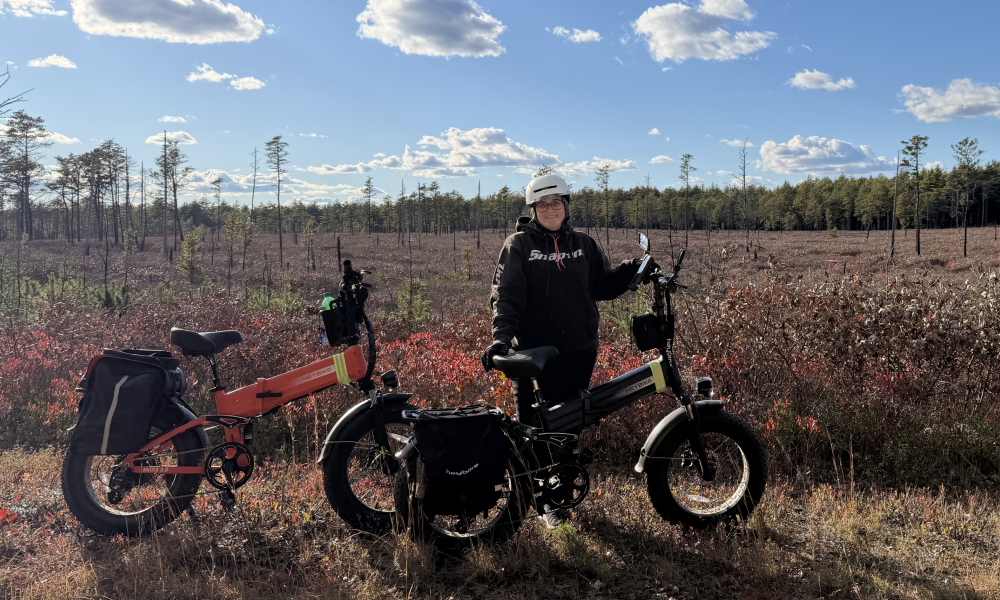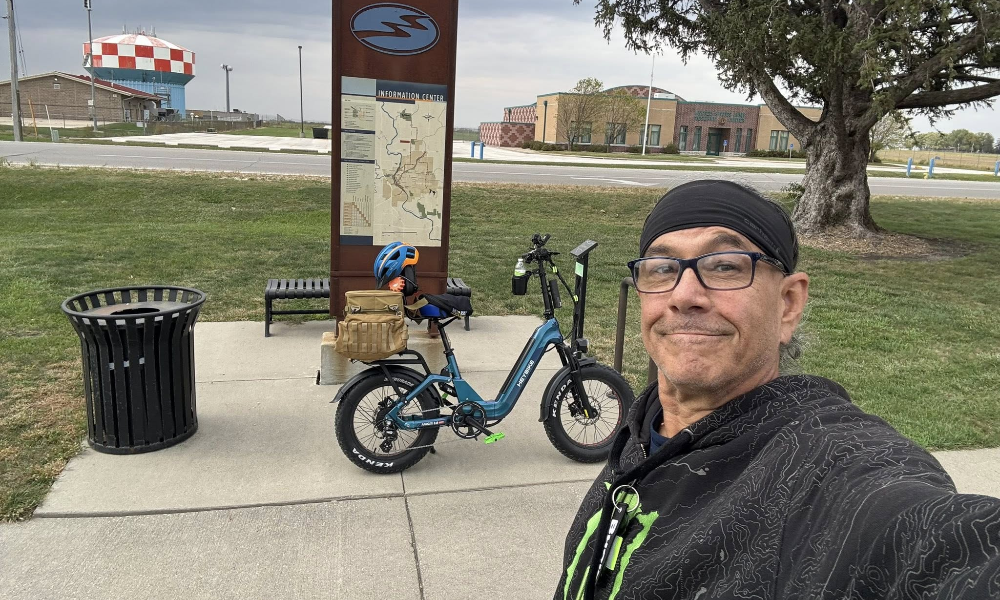What Is A Torque Sensor on Electric Bike?
A torque sensor monitors how hard the rider is pedaling the bike and how much power to feed the motor. It is distinct from a cadence sensor, which only records the speed at which you pedal. Many pedal assist system (PAS) bikes today use inexpensive cadence sensors.
Torque sensors employ a precise strain meter to determine whether and how tirelessly you are pedaling. The meter calculates how much pressure you are exerting on the pedals. The sensor transmits the data to the bike's control system. Based on the force you apply to the pedals, the control unit determines how much power the motor needs to give.
A torque sensor enables the ebike controller to adjust the motor's power output in response to the force you put on the pedals. The pedal assists mechanism provides more power the harder you pedal. The power supply automatically reduces as you ride more slowly. The power stops when you stop pedaling.
A torque sensor device amplifies or multiplies your pedal input. The majority of bikes include a variety of pedal assist settings. The technology may boost your pedaling force by 50% at the lowest setting or eco mode. The device may raise your pedaling pressure by 300% when selected to the highest setting, often known as a performance mode.

A torque sensor can sample your pedaling force up to 1000 times per second throughout the entire pedal stroke. As a result, the system can modify the pedaling power in real-time. When you press down on the pedals, torque sensor pedal assistance may also instantaneously activate. It gives the system a slick and natural feel. You experience a closer bond with the motor. You experience riding a conventional bike when you use a torque sensor.
With an e-bike equipped with a torque sensor, you are required to contribute some pedaling force. You push on the pedals to keep the motor engaged even when riding at the highest power setting. The power reduces when you apply less pressure to the pedals. In other words, maintaining a steady speed requires constant steps. Your bike speed fluctuates if you alter your step.
On more expensive bikes, torque sensors are typical. Torque sensors are a common feature of mid-drive e-bikes. Torque sensors are necessary for an e-bike to be legal in several nations. When riding an e-bike, a torque sensor might give you the impression of being bionic. It makes riding more intuitive, and you can ride hands-free. The built-in cruise controls on pedal-assist bikes are excellent. All you need to do to move your bike is pedal. With a dashboard installed on the handlebars, you may adjust the amount of almost all pedal assistance systems.
Advantages of Torque Sensor on Electric Bike
Better Ride Quality
Power delivery is smooth, intuitive, and natural due to torque sensors. Torque sensors make the bike easier to control, making it safer, smooth, manageable, and easy to anticipate power delivery.
More Range
Torque sensors extend the range per charge by 5 to 10 miles.
More Responsive
Torque sensors react to changes in your pedaling practically quickly.
Better Handling
You can maneuver confidently and precisely when the power delivery is predictable and smooth.
More Exercise
Riding requires you to overcome some resistance.
Torque Sensor vs. Cadence Sensor, Which is Better?
Compared to cadence sensors, torque sensors deliver power much more smoothly. With a torque sensor, you can peddle the bike without even realizing it is electronic. In general, electric bikes are rather wasteful when increasing speed. When accelerating and climbing, when the e-bike needs your assistance the most, a torque sensor urges you to assist it.
A torque sensor gives your bike the same feel as a typically geared bike. To maintain the appropriate speed for the necessary pedal input, you need to use your bike's shifter gear system to locate the ideal gear, as when riding a traditional bike. You might not even realize you are riding an electric bike when using one with a torque sensor. Once you experience that, you will know the bike company has succeeded.
As with a traditional bike, the harder you pedal, the quicker you go; however, the speed increases almost magically with electric power. It can almost seem magical when riding a bike with a silent hub motor; it is as if you have just been given the legs of a 20-year-old Olympic Rider.
Conclusion
It is challenging to choose between a torque sensor and a cadence sensor. However, one is neither better nor worse than the other. What kind of riding experience you want truly depends on that. Choose torque if you want a more responsive and active ride. Cadence is your best option if you want something more reasonably priced yet allows you to reach high speeds with little effort.
Latest Stories
3000 Miles of Pure Joy: Greg’s Story with the Heybike ALPHA | Heybike Community
At 68, Greg conquered 3000 miles on his Heybike ALPHA ebike through Minnesota's trails. Every ride brought him fun, fitness, and freedom!
Freedom on Two Wheels: Ryan's Thrilling Rides on Mars 3.0 | Heybike Community
Ryan Davis shares his riding story on Heybike Mars 3.0 ebike. Have a look at his all-terrain adventures to see how the Mars 3.0 brings him true freedom.
From Walker to Rider: Darrel Rediscovering Youth and Joy on Ranger 3.0 Pro | Heybike Community
At 59, Darrel Abbe found youth and joy again riding the Heybike Ranger 3.0 Pro electric bike with his wife. Explore their story and the thrill of e-biking.



Share:
Top 10 Common Misconceptions About E-Bikes
Understanding Pedal Assist Electric Bike